Obafemi Awolowo University, Ile-Ife is one of three universities established in Nigeria between 1961 and 1962. Since its creation, the university has been rated one of the best in the country as a result of its enormous efforts toward the independence of Nigeria and the impact of Obafemi Awolowo on the development of the country, especially in the education sector.
Research has shown that over the years to date, candidates fight their way to be admitted to the institution, while students on campus fight their way to ensure they remain there and are at the top of their classes by being committed to not being a scape-goat in any lecturer’s court.
History has it that in the past, students had the liberty to protest when their rights were violated and that no one dared cross the paths of cultists. In a report, it was revealed that in those years, the damage caused by cultists could not be curtailed, and supposed authorities were either threatened or bribed to keep it hush, as well as student activists, were killed.
An instance of this cultists-students clash is the tragic incident that happened on July 10, 1999, which was reported as a mass murder where five students were killed and about eleven others were brutally injured. The Obafemi Awolowo massacre of 1999 was said to have been perpetrated by about 40 members of a popular confraternity group called “Black Axe.”
Reports gathered revealed that this death squad invaded the Awolowo Hall of the university at around 4:30 A.M. and were not recognized because they wore masks, but it wasn’t hard to identify that they were cultists because of their uniformed dress code (black trousers and black shirt).
In this piece, I will be exploring the story that led to the Obafemi Awolowo University massacre of 1999 and the aftermath of the massacre.
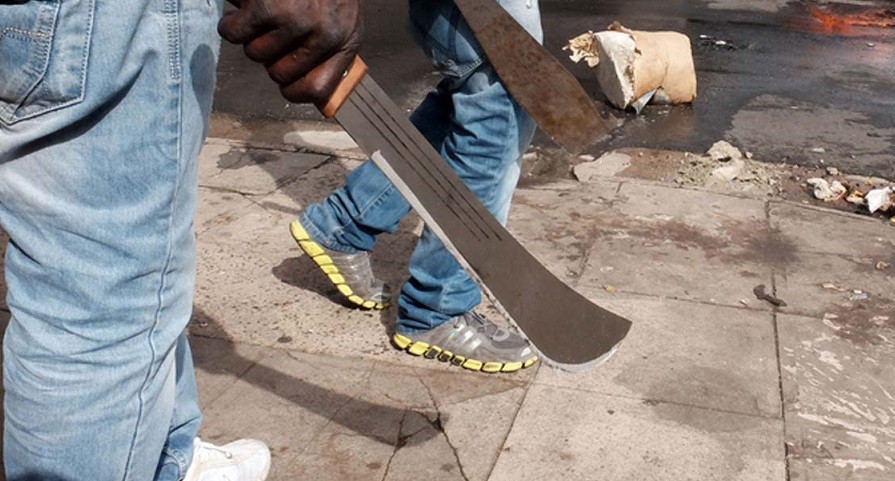
Background
On March 7, 1999, Black Axe members had a meeting on a Saturday in Ife town that brought them together. They returned to the campus by car after the meeting, and when they were passed by a group of students in another vehicle on Road 1, the campus’ major thoroughfare, they became incensed for whatever reason, and they pursued the students. When the students realized they were being pursued, they hurried to the parking lot outside Angola Hall and fled into the nearby Awolowo Hall for cover.
In response to the incident, the Students’ Union mobilized after learning that covert cult members were assembling in a home near the senior staff quarters. A group of them drove to the home, which was formally occupied by Mr F.M. Mekoma, and broke into the boys’ apartments under the leadership of George Iwilade, the Secretary-General. They discovered nine people there, eight of them were university students. They also found a submachine gun, a gun made in the area, an axe, a bayonet, black clothing, and other symbols of the Black Axe cult.
The members of the secret cult were turned over to the police after being apprised of the situation by the university administration. They were detained by the police and brought to the Chief Magistrate’s Court, where they were granted bail two weeks later. According to the reports gathered, on March 31, the case was heard, and to everyone’s utter surprise, the Chief Magistrate released and acquitted the suspects. They did not summon as witnesses the students who had detained the cult members. Corporal Femi Adewoye, the investigating police officer, asserted in court that the witnesses could not be found.
The Black Axe cultists went back to study at the university, which caused havoc among the other students as they were disappointed with the management and afraid to be on campus with them. However, the university administration acted to suspend the involved cultists in response to student pressure by issuing a “release,” although they did not give the specific students official letters informing them of their suspension.

Shortly after the court case was dismissed, there was a student protest, which caused the university to shut down. Irrespective of the protest, the cult members returned to the university and were seen attending lectures when it reopened three months later. Again, the students raised an alarm, and they decided to protest. In response, the university reiterated the suspensions of the cult members in a communiqué on July 2. It seems unlikely that people affected by the suspension really received the letters, which were dated July 8, prior to the sad events that occurred two days later.
Meanwhile, research revealed that campus cultism had not always been pronouncedly violent until the 1980s, which was usually a threat to the education system of the institution. To curtail this menace, an institution named the Structural Adjustment Programme (SAP) was created in 1986. This institution was created to curb anti-poor policies, the commercialization of education, and cultism in schools.
Reports gathered accused the then Vice-Chancellor Wale Omole, of having taken no action, aside from perhaps protecting known campus cultists. This is because Omole did not take the fight against campus cultism seriously throughout his eight years in office; instead, it was typical for cultists who were arrested by students to return to the institution unharmed. It was documented that no cultists were penalized by the Omole-led management, despite the fact that student activists were expelled for staging protests.
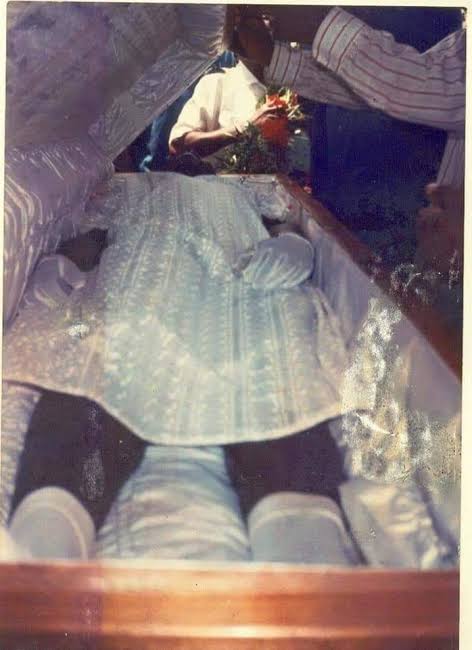
What happened on July 10, 1999?
On the evening of July 9, 1999, Obafemi Awolowo University had a celebration hosted by student organizations. In the open space between Angola and Mozambique Halls, members of the campus Kegite Club, Man O’ War members, and various other student leaders, both current and former, gathered. Later in the evening, many of the partygoers moved into Awolowo Hall’s cafeteria, while others went back to their dorms to sleep.
A large group of Black Axe confraternity members, estimated to number about 40, arrived at the university campus between 3 and 3:30 am on July 10, 1999, to carry out a pre-planned operation with the goal of killing several prominent members of the student union government. Although one of the cultists named Kazeem Bello, popularly known as Kato, confessed that Wale Omole had a hand in their July 10 tragic operation, the accusation levied against Wale Omole has remained unclear to this day.
The Black Axe cult members reportedly entered the campus through the main gate and drove to the parking lot near the tennis courts in the sports centre. They got off there and made their way on foot through the underbrush to Awolowo Hall, where they brutally stopped the gyrations while shooting firearms and using axes and cutlasses.
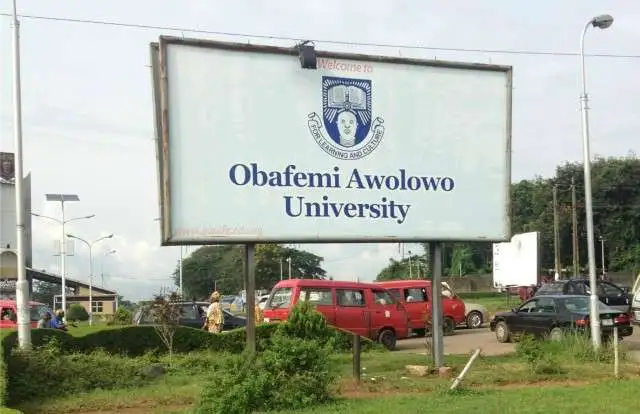
However, reports gathered revealed that eyewitnesses gave different accounts of what happened, but it is evident that 4 people died as a result of the attack; another person later died from a gunshot wound; another person survived a gunshot wound, and about 25 others had minor injuries as a result of the stampede out of the Awolowo Hall cafeteria and the attack itself.
The victims were gunned down by the “marauding beasts” in Blocks 5 and 8, Awolowo Hall, and included the then Students’ Union Secretary General, George Yemi Iwilade popularly known as Afrika, 400-level medical student Eviano Ekelemu, a graduating student named Yemi Ajiteru, 100-Level Philosophy student Babatunde Oke, and Ekpede Godfrey.
While still alive, Tunde Oke passed away on the operating table. George Iwilade, Yemi Ajiteru, Efe Ekede, and Eviano Ekelemu were the other four people that were brought in dead. As a result of gunshot wounds to the crotch and thigh, Eviano Ekelemu bled to death. The three other victims of the shooting died from head wounds.
Several reports claim that during the incident, the Black Axe members could be heard shouting “Legacy, come out!” in reference to the suspended Students’ Union President, Lanre Adeleke. The assailants also yelled “Afrika,” George Iwilade, and “Dexter,” the Chief of the Kegites, asking that they show up during the assault.
Lanre Adeleke (Legacy), one of the massacre’s victims, was able to flee by jumping off a balcony after hearing gunfire. The Chief of the Kegites, “Dexter,” also made it out unscathed. George Iwilade (Afrika), the Students’ Union Secretary-General and a law student, was not as fortunate.
The Black Axe shot Afrika directly in the head upon entering his room. When they were certain he was dead, they struck his head with their axe. According to reports, Afrika was the lone victim of a successful assassination. Meanwhile, Afrika, who was allegedly responsible for making the arrest in connection with the event on March 7, 1999, was ruthlessly killed, while the other four were said to be unlucky victims.
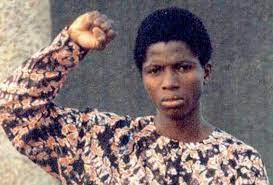
What happened after the massacre?
The next morning, after the massacre, President Adeleke presided over an assembly in the large amphitheatre of Oduduwa Hall. The day after the attack, he demanded the immediate resignation of Wale Omole, the despised vice chancellor who thwarted student efforts to eradicate cults. A reward of 10,000 naira ($100 US) was announced to be given to whoever captured Omole, and hundreds of students occupied the administrative building and wouldn’t leave until Omole was dismissed.
The students went to the town in search of the said cultists in areas where it was believed that cult members would be residing. However, three people were arrested by the students and brought back to Awolowo Hall. They were Frank Idahosa, Emeka Ojuagu, and Aisekhaghe Aikhile, Part I agricultural economics students (Efosa). Meanwhile, in a public transportation vehicle that was ready to leave Ife, Efosa and Ojuagu were detained.
On July 10, 1999, the day of the attack, the VC, Professor Wale Omole, was absent from the country, and the Deputy VC (Academic), Professor A.E. Akingbohungbe, took over. The day after he returned to campus, the VC was called to Abuja shortly after arriving to report the occurrence. His suspension was announced by the government on July 14. However, on July 18, 1999, Prof. Roger Makanjuola was appointed vice chancellor and a replacement for Professor Wale Omole.
Following the promise Professor A.E. Akingbohungbe made to the students when he became the Vice Chancellor to seek justice on behalf of the deceased students, several efforts were made but to no avail. Over the course of the three weeks following the murders, 12 people—including Efosa and Ojuagu—were detained and charged with crimes.
Only one of those responsible for the March incident was among those taken into custody. There was no way to find the other eight. Two of them were continuing their studies in France after obtaining their transcripts. The students found Babatunde Kazeem (Kato), a key suspect, was the subject of information the students supplied, and we provided a vehicle so that the police could accompany the students to the address in Lagos and apprehend him there.
As a result of his academic failure, Kato, a former student, had been “advised to withdraw” from the university. When the Students’ Union arrested him in August 1997, he confessed to being a member of a covert cult. After that, he was turned over to the Security Division, but what transpired next is not known.
In a report released by the police, information on “Innocent,” “Yuletide,” and “Ogbume,” as well as three additional people, revealed that nothing was said to have been found in their investigation. Even when they gave Ogbume’s location in Lagos’ Victoria Garden City, nothing came of it. The killings were brought against the detained individuals in the Ile-Ife Magistrate’s court.
The Judicial Commission of Enquiry was eventually established in Abuja on October 18 but did not begin its work until November 24. On November 28, a Sunday, the commission finally arrived at the university. As the chairman, Justice Okoi Itam presided over the case. Thus, there were six additional participants, including journalist Ray Ekpu and Professor Jadesola Akande, a seasoned and well-respected academic administrator. Later, Ms Turi Akerele was appointed as the commission’s legal counsel. Adeyinka Olumide-Fusika, including some skilled alumni, led a group of students.
The report of the commission was submitted in February 2000 and made public later that year together with the government’s white paper. Frank Idahosa (Efosa), Didi Yuletide, Kazeem Bello (Kato), and four other people who were only recognized by their nicknames or Christian names—Innocent, Athanasius, “Ochuko,” and “Chunk”—were named as having taken part in the killings.
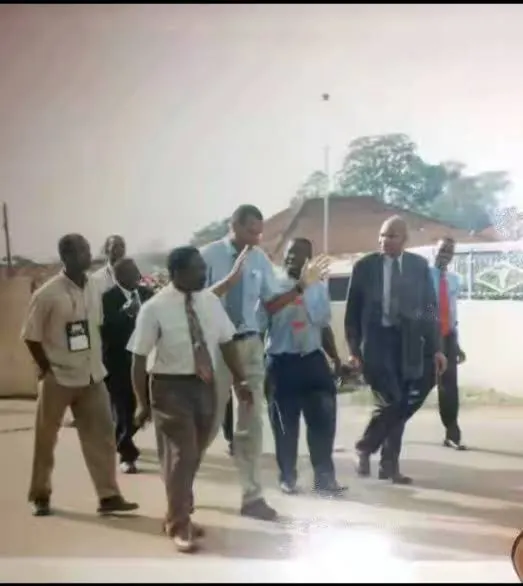
The supposed leader of the Black Axe covert cult at the time was revealed to be the last. The inquiry of 16 other people, including Emeka Oguaju and the nine others involved in the incident on March 7, was also recommended by the panel. The panel criticized the police investigation into the case and suggested that a separate task force be established by the Inspector-General of Police to take over the probe.
In the end, there was no success in the cases brought against people accused of being members of unlawful organizations in the Chief Magistrate’s Court. However, the Vice Chancellors and students had high hopes for the prosecution of Efosa and his colleagues in the murder cases. Thus, the Osogbo High Court case, which began on April 9, 2001, continued. Numerous students and other witnesses were questioned in order to gather evidence for the prosecution. Adjournments were made repeatedly.
The case and the judge who was hearing it were both moved to Iwo in the middle of 2002. A second delay occurred as the exhibits were later transported to Iwo. To everyone’s surprise, on November 5, 2002, the judge upheld the defense’s “No Case” submission. The accused murderers were later released.
However, to date, students of Obafemi Awolowo, including the parents of the victims, still cry for justice for the students that were murdered in cold blood on July 10, 1999.
The most recent incident was the massacre at Obafemi Awolowo University (OAU). According to observers, about 150 students are said to have died in the last five years from homicide, with many more suffering from rape, assault, extortion, kidnapping, blackmail, torture, and arson attacks.






Comments
Hammed Timothy
3 years agoKudos
Ahmed Muhammed
2 years agoOur heroes live on.
Say no to cultism